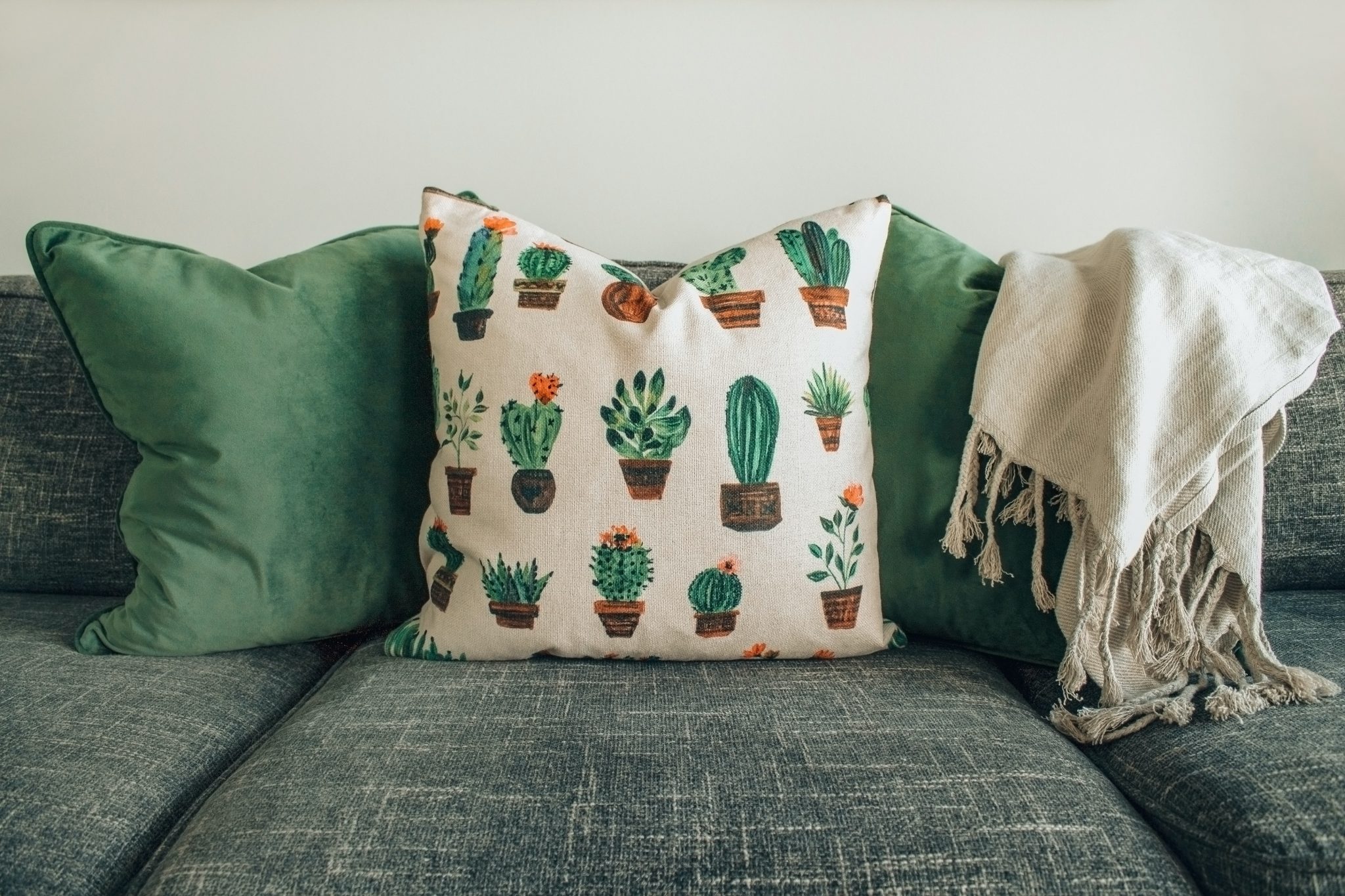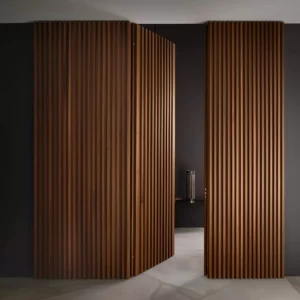Beginnings of virtual home staging
After the economic crisis that we suffered in 2008, the real estate market saw an increase in sales of second-hand homes. With the increase in the supply of this type of property, renovations were boosted. Homeowners spent up to 5% more of their budget to renovate and refurbish their property in order to put it on sale.
They wanted to highlight their apartment above the rest and, to do so, they had to seduce with their image and price. It was then when the Home Staging technique was imported. This concept arose in the United States and consists of a fine-tuning and improvement of the property with decoration and lighting techniques to accelerate the sale process.
HOME STAGING AND INTERIOR DESIGN TIPS
The biggest mistake you can make when selling or renting your home is to keep it in its current state. You must be aware that, with the passage of time, furniture deteriorates and an exaggerated decoration can generate the opposite effect to the one you want.
Many experts say that there are two areas to which you should pay attention: bathroom and kitchen. The sale or rental of the property will be determined by the state of these two rooms, since the future buyer or tenant puts special interest in them.
In the living room and bedroom areas, it is simply necessary to depersonalize them, that is, to minimize the decoration and style so as not to condition the client's vision.
Several studies have confirmed that this technique can reduce the process of buying and selling a property up to eight times faster. For this reason, we propose 10 keys of Home Staging, which you can apply to enhance and increase the sale of your home.

10 KEYS TO IMPLEMENT (TRADITIONAL HOME STAGING VS. VIRTUAL HOME STAGING)
- Opt for minimalist designs to get the tenant to imagine their home. One of the most successful styles is Nordic, since it uses neutral colors that relax.
- Generate simple and clean lines so as not to create overloaded spaces. Adopt the concept of 'less is more'.
- Although we are very creative and like to innovate, at a commercial level we must reject this idea. We must generate simple and functional designs.
- Opt for white furniture to give it luminosity and those furniture of daily use to choose them in all dark colors for better conservation.
- The most advisable is the depersonalization of the spaces so as not to condition the future owner. Use light tones to give luminosity and furniture with straight lines.
- In Home Staging it is important that a property is not only liked but must stand out. Try to improve to distinguish yourself from the rest of the offers in the market.
- Update the condition of the kitchens with white shades. Paint tiles, smooth woods and change handles.
- For bathrooms, it is advisable to give them a facelift. Paint walls or cover them with mosaics and use adhesive vinyl flooring, for example.
- Transmit relaxation and rest in the bedrooms. Always use a neutral base to enlarge the space and play with trendy colors.
- In properties with more than one bedroom, it is advisable to condition the second room as a youth bedroom. Of course, do not make the mistake of overdecorating it too childishly.

Once we have explained the Home Staging technique, we want to clarify that we should not confuse it with decoration. They are two different concepts although there are similarities between them.
Decorating means renewing the aesthetics according to your personal taste, that is, finding functionality and your own design depending on your daily style.
Home Staging, on the other hand, consists of improving your home so that it can attract a greater number of buyers with the sole purpose of selling it in a shorter period of time and at the best price.
VIRTUAL HOME STAGING
Many developers and real estate companies apply the Home Staging technique for the sale of properties to be renovated or that are not visually appealing.
It is also used in real estate developments. Especially for the well-known 'show apartment', the one used by real estate agencies to show it to buyers and which they fit out with furniture and decorative elements. Well, this process is only possible once the work is completed. But what if we want to sell the property before?
Most new construction developments start the marketing process prior to construction, known as 'off-plan sales'.
One of the main marketing strategies of developers and architects is to invest in 3D computer graphics to visualize the future property. One of the keys to increase sales with architectural renderings is to bet on virtual home staging. That is, the same home staging technique, which until now we only see in visits to physical properties, but applied in 3D rendering.
Here is an example made by lobo studio.
When we make a 3D computer graphics, one of the phases of the creative process is to add decorative elements and vegetation that bring life and realism to the image. But just as in a renovation for a second-hand house, we need to draw the client's attention and make our work stand out from the rest.
Therefore, it is important that when decorating and lighting a 3D rendering we should follow neutral patterns so as not to condition the buyer: add light colors, straight and simple lines, clean spaces and unbiased styles. We should not be confused with not taking care of the interior design of the 3D rendering. Quite the opposite. We must be much more careful when choosing the decorative elements and give a more general and closer aesthetic to our target audience.
In addition, virtual home staging can also be a possibility, not only for new construction developers but also for any real estate agency, renovation company or interior design studio. In this way, we can improve a second-hand property for sale without having to alter the current state of the apartment, show the final result of a renovation to be carried out or visualize an interior design project, always reducing time and money.
In Lobo Studio is a process that we carry out in all our projects in an innate way.
In every 3D infographic we make, we pay special attention to this kind of details, because besides making our clients fall in love, it is essential to achieve the main objective: to sell the property.
Therefore, in addition to creating a specific interior design according to the location, the target audience and the characteristics of the property, we provide that differentiating value that stands out from Home Staging. Likewise, virtual home staging can be applied to any 3D product, such as 360º virtual tours, where virtual reality is used so that the buyer, in addition to touring his future home, can visualize more precisely the details thanks to the furniture and decoration.
If you want more information about how we can apply virtual home staging in your project, do not hesitate to contact us here.
You will be surprised of the advantages you can get with this technique.
Thanks for making it this far Wolfer 🐺
If you liked the article don't forget to post a comment 🙂
Greetings!👋🏼





